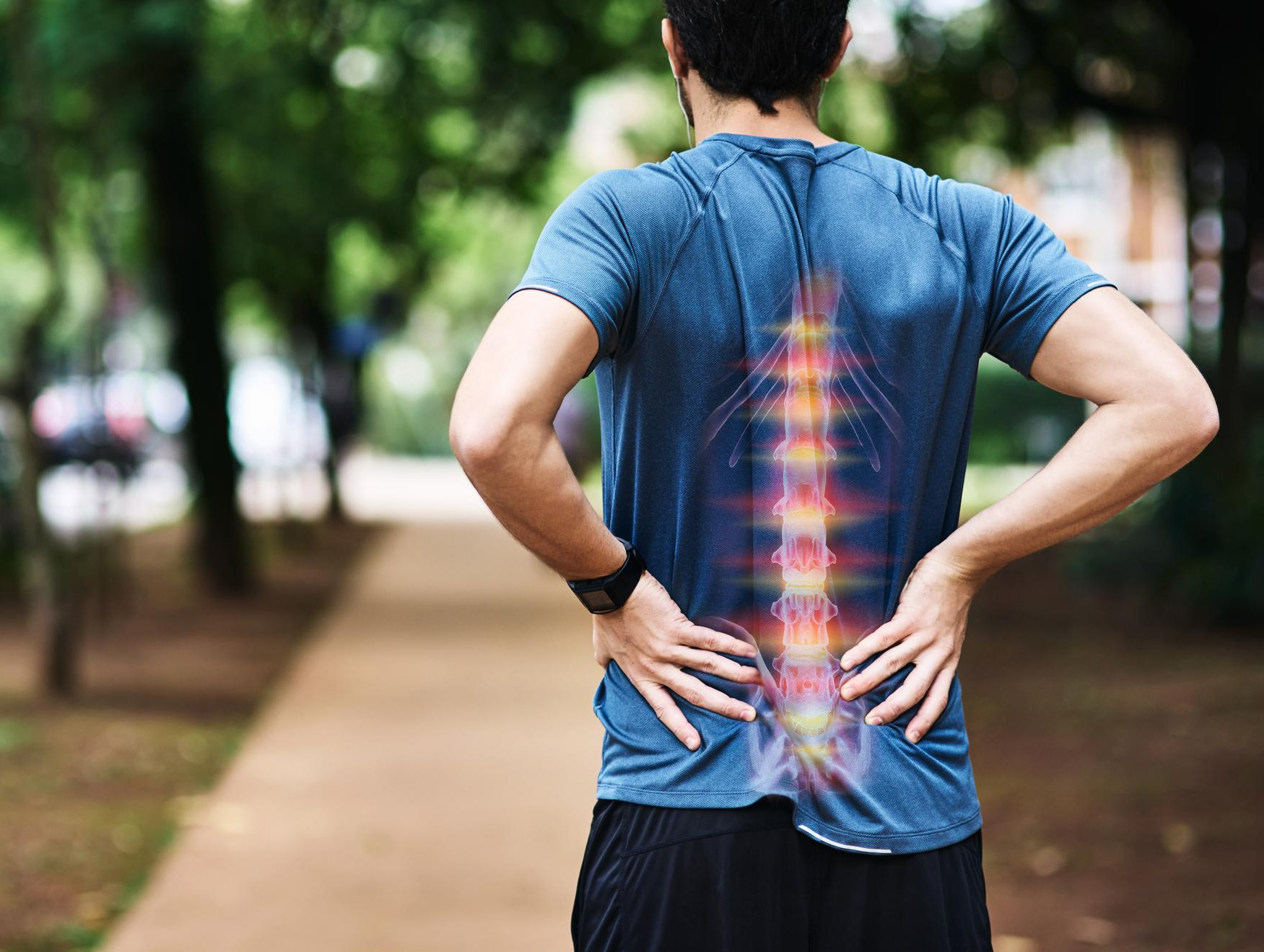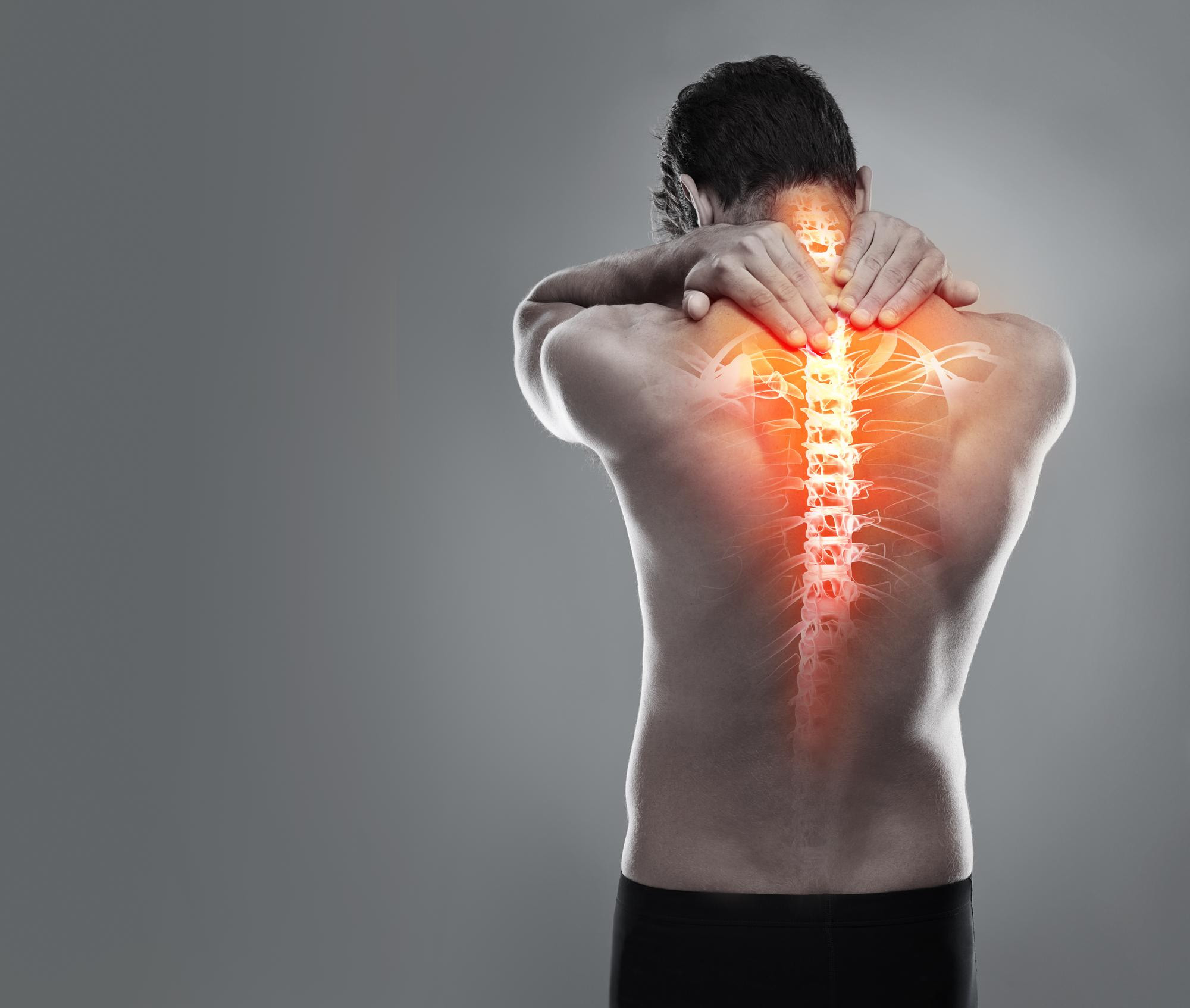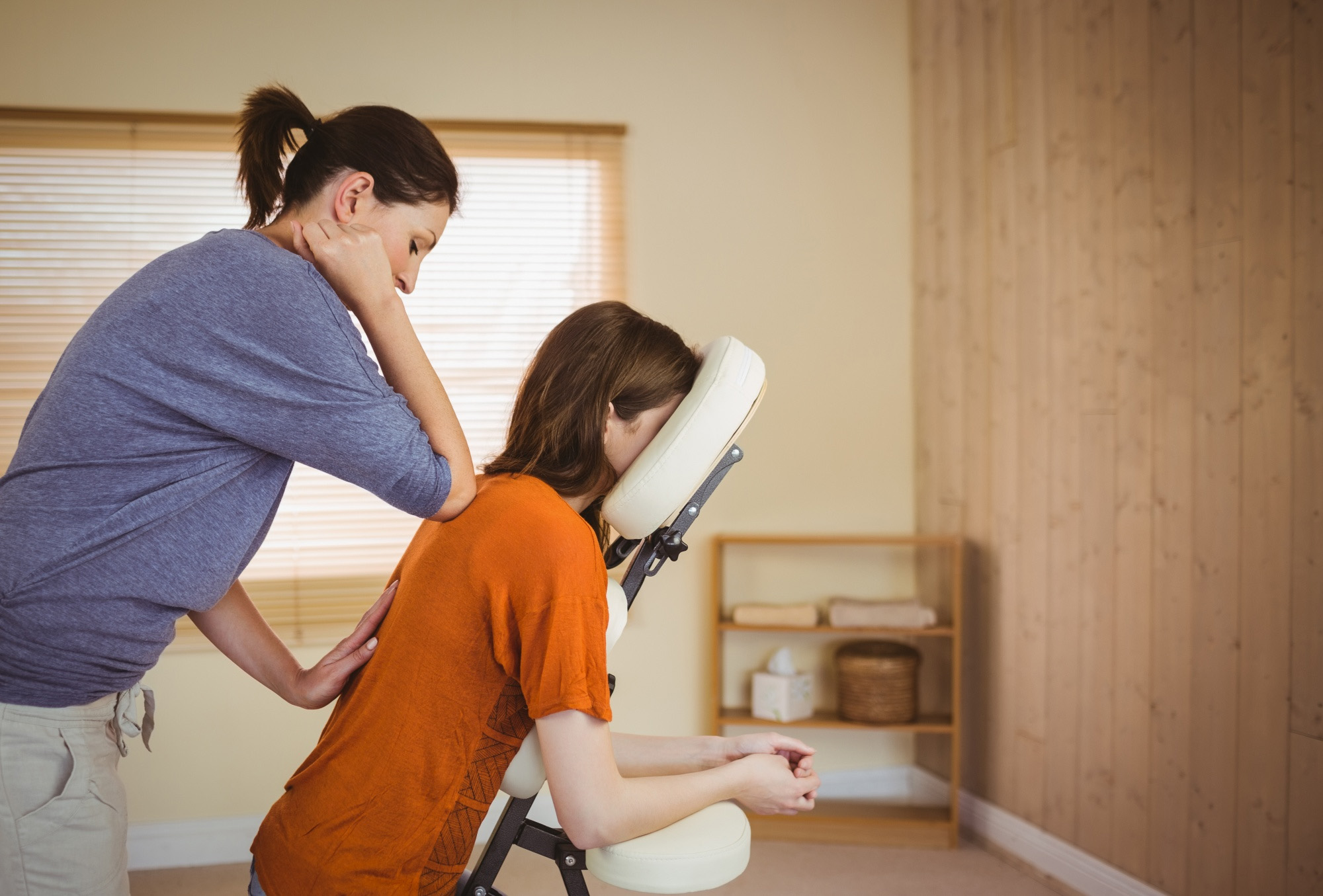Book Now
Services

Back & Spine Pain
Back pain is a general term for a potentially serious ailment and one of the most common medical problems in the United States. The aggravation associated with back pain can range from a dull, constant ache to sudden, sharp pains. Although about 80% of the U.S. population will experience it at some point in their lives, back pain can become so debilitating for some patients that it hinders their ability to participate in everyday activities.
Symptoms
The pain may appear for brief periods or become a chronic issue. Symptoms vary widely, but oftentimes include:
Dull, constant pain, particularly after a fall or injury
Sharp pain, usually after an accident or traumatic event
Numbness, weakness and/or tingling in the affected area and associated limbs
Severe pain that doesn’t improve with rest and/or limited activity
Fever
Muscle aches or spasms
A limited range of motion
Weight loss
Localized swelling, redness and tenderness

Causes
Back pain can be caused by a number of factors, including:
Sudden accident, injury or trauma, such as a fall or lifting a heavy object improperly
Bone fractures
Muscle or ligament strains
Arthritis
Herniated discs
Degenerative disc disease
Aging
Obesity
Poor physical fitness and lack of exercise
Scoliosis
Spinal stenosis
Sudden, abnormal twisting
Osteoporosis
Smoking
Unsupportive footwear
Malnutrition
Infections
Stress and mental health
Tumors
Fibromyalgia
Occupational hazards, such as making repeated movements or doing heavy manual labor
Kidney infection
Osteomyelitis
Spondylitis

Treatment
Depending on the cause of your back pain, conservative treatments may first be recommended. These methods may include over-the-counter pain relievers, anti-inflammatory medications, physical therapy, injections and the use of heat or ice packs. Contrary to popular belief, bed rest is almost never helpful when combating back pain.
The surgical approach used will be based upon the preferences of the patient, as well as certain determining factors like obesity, the presence of extensive adhesions (scar tissue) and previous surgeries. Through surgery, herniated discs, spinal stenosis, bone spurs, pinched nerves and other spine-related problems can usually be resolved.

Prevention
Prevention generally involves exercising regularly, building muscle strength and flexibility, maintaining a healthy weight and proper posture and making educated choices when buying back-related products, like mattresses and office chairs. Speak with your doctor about how you can proactively avoid back pain. Treatment of this medical condition will almost always depend on the cause, location and severity of the patient’s unique condition.

